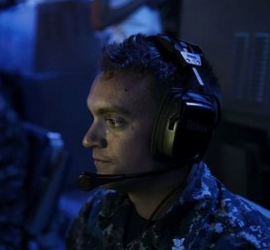
Electronic warfare ain’t what it used to be.
Modern radar and communications systems can subtly and quickly change their character, making them harder for U.S. aircraft and other platforms to jam or spoof. That reality is prompting DARPA to lead industry teams to apply artificial intelligence to electronic warfare. It’s called “cognitive EW.”
The U.S. military developed its current approach to EW in the 1960s and 70s when it studied enemy systems to identify their vulnerabilities. It then came up with countermeasures to disrupt them, which went into a sort of tactical EW “playbook.”
“If you see radar X, use countermeasure Y,” says Paul Tilghman, cognitive EW program director at DARPA’s Micro Technologies Office (MTO). “A typical 1970s radar system was predominantly an analog system with components assembled in a specific, fixed manner limiting the radar to defined operating boundaries. Once a system was created, it was a relatively static, known quantity.” Read more
Source: www.popularmechanics.com

